Norway Maple is a large deciduous tree that grows up to 18 m tall with a large crown. It has large, maple-shaped leaves, which can be green or dark red. Leaf stems have milky sap. Its flowers are greenish, and bloom in early spring. Seeds of Norway Maple look like a pair of green wings and buds are round.
Norway Maple grows in upland forests, and is so far mostly limited to urban areas. It creates dense shade, grows competitive networks of shallow roots, and releases toxic chemicals – all of which are detrimental to other native species. Once established, Norway Maple can reduce native biodiversity and even provoke soil erosion due to a lack of ground vegetation.
Norway Maple is said to have first been brought to the United States in 1756, and became even more widespread during the 1940s, when it was used to replace White Elms that were dying of Dutch Elm Disease. Norway Maple is said to have first been brought to the United States in 1756, and became even more widespread during the 1940s, when it was used to replace White Elms that were dying of Dutch Elm Disease.

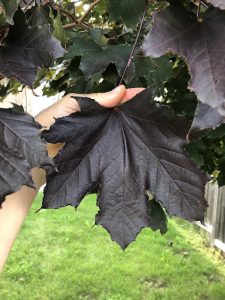
Manitoba Maple
Acer negundo
DESCRIPTION:
Medium-sized tree with compound leaves of 3–9 leaflets that resemble Ash leaves. Native to the Prairies. It prefers floodplains and riparian areas, but can grow in dry, disturbed areas.
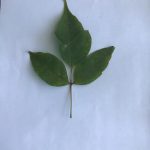
Sycamore Maple
Acer pseudoplatanus
DESCRIPTION:
Large tree with orange-brown or pinkish-orange bark broken in long scales when mature. Grey, smooth bark when sapling.
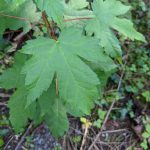
Sugar Maple (Acer saccharum) and Red Maple (Acer rubrum) are excellent native Maple trees. Both have vibrant fall colours and produce maple syrup. For a smaller, shrubby, native Maple, try Striped Maple (Acer pensylvanicum) or Mountain Maple (Acer spicatum).
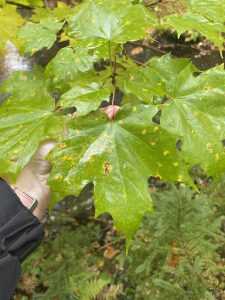
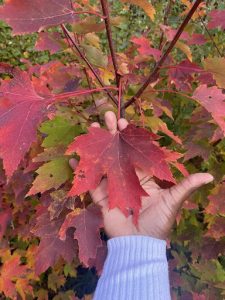
Maple leaves with bottom two lobes close in size to top lobes; milky white sap in leaf stem.
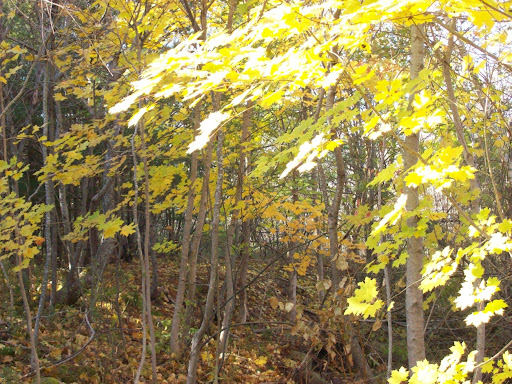


This species has been banned in two states in the United States due to its invasive nature.
Promote the use of beautiful native or non-invasive trees. Pull or dig out small seedlings by hand. Saplings and larger trees can be cut down or girdled. Please see the Norway Maple Best Management Practices document to learn about different management options. If you spot this invasive species, report the location to iNaturalist, or directly to the NSISC.